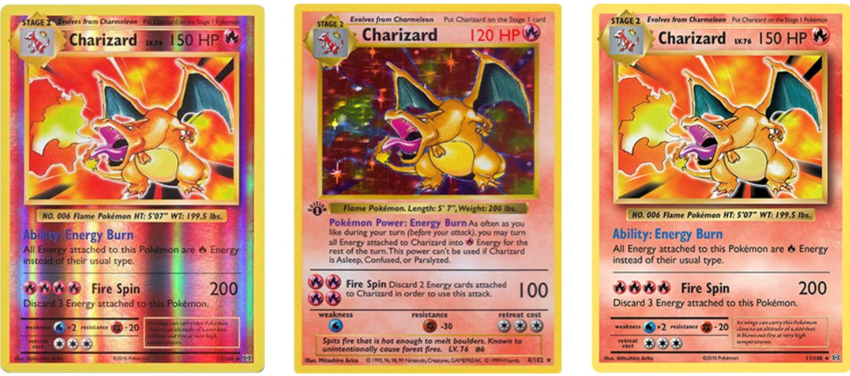



If you’re a Pokémon fan, you’ve probably heard that ‘Pokémon TCG: Journey Together’ has been released recently and is now available at the Pokémon Centre (the official website), local card shops, and select retailers in themed boxes, bundles, and booster packs.
Even if trading cards aren’t your usual interest, this story highlights how optical security remains at the heart of Pokémon as it approaches its 30th anniversary in 2025, a significant milestone since the first Pokémon game was released in Japan in 1996.

What began as a playground pastime has evolved into a multi-billion-dollar industry, where shimmering foils, layered effects, and intricate light plays are not just visual enhancements but essential tools of trust and value.
Following its launch, the Pokémon Trading Card Game was initially successful, but the franchise then faced poor sales and dwindling interest. However, over the past few years, the game has made a remarkable recovery, driven by a revival of nostalgic interest and strategic innovations. In 2024 alone, Pokémon printed nearly 12 billion cards, many featuring holographic enhancements. Rare cards like the Base Set Charizard and Ancient Mew have become iconic among collectors, with some experiencing value appreciation of over 150% within months.
Pokémon has printed more than 64.8 billion cards to date, a staggering number, and demand is only increasing. Japan led the market with $857 million in revenue, while newer territories like China, which saw an official Pokémon TCG launch in 2022, are rapidly expanding the player base. Whether for competitive play or long-term collecting, Pokémon cards continue to impress, with holography at the heart of their appeal.
While it reported increased sales even during the pandemic, selling over 3.7 billion cards in 2020, Pokémon also faced the common issue of counterfeiting, with fake products flooding global markets.
To counter this, the company made significant investments in production infrastructure and, in 2022, acquired Millennium Print Group, a Raleigh-based printing firm that had been producing Pokémon cards since the mid-2010s.
Now operating 24/7 across multiple facilities in North Carolina and the Netherlands, Millennium has become the largest Pokémon card printer in the US, managing everything from colour control to secure packaging.
The acquisition signifies more than growth as this position positions Pokémon Company to scale securely while enhancing anticounterfeit measures.
Holography is central to Pokémon’s anticounterfeiting strategy. Not just visually appealing, they serve as important indicators of authenticity, helping collectors and investors recognise genuine value items and adding emotion, exclusivity, and credibility to each card. Technologies like Optichrome, Refractor, and Prizm (holographic and iridescent foil effects described in the context of Pokémon cards) have transformed these cards into miniature pieces of optical art.
The brand is also adopting a phygital approach to security and engagement tools. Increasingly, Pokémon cards feature QR codes, NFC chips, and digital twins, merging physical assets with digital interaction. These innovations future-proof the product line while keeping holography at the core of security and storytelling.
The launch of the first official Pokémon TCG smartphone app in October last year added further momentum, attracting new audiences across digital platforms. ‘Conventional paper-made Pokémon cards are sold in 93 countries and regions. We developed the app to reach even more people’, said Tsunekazu Ishihara, President of The Pokémon Company, at the app’s release event.
From schoolyards to professional grading vaults, Pokémon trading cards have become secure, tangible assets. With the ongoing release of new products like ‘Journey Together’, it’s clear that Pokémon is not only driving global demand – it’s also setting the standard for how holography creates value in the modern collectibles market.